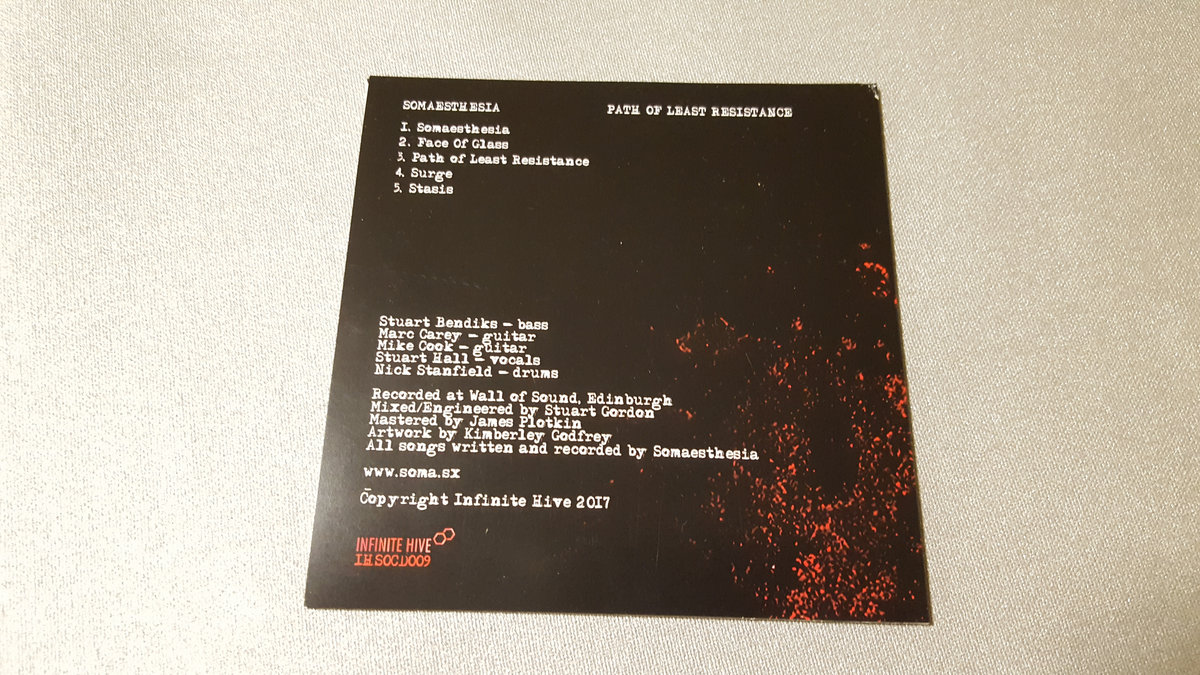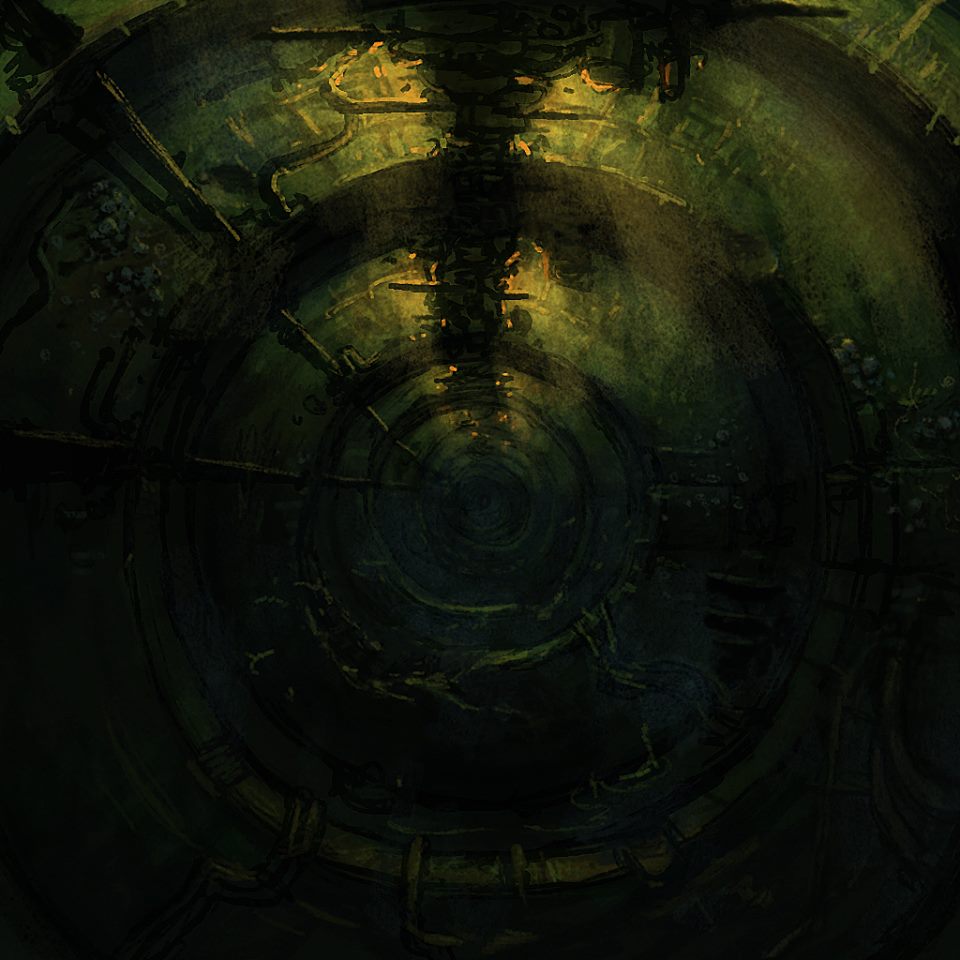



To ensure grip in off-road conditions, a cyclocross bike will be fitted with wide tyres. That's changed though, with brands looking to make their framesets more adaptable and more able to handle both racing and more general gravel and off-road use. Used to be you wouldn't find bottle cage, mudguard or pannier rack mounts on a thoroughbred 'cross bike. This is evident around the forks, the chain stays and the seat stays and there’s also more space between the rear tyre and the seat tube and bottom bracket than on a road bike.Īluminium (with a carbon fork) is a popular frame choice for lower end cyclocross bikes, thanks to its combination of low weight and robust properties, but more pricey options come with a carbon frame. Mud is almost inevitable in cross races, and cyclocross bikes are built with plenty of space between the tyres and the frame so that the wheels keep turning even when it collects on the bike during the race. Of course, all of the above sits on a sliding scale – more aggressive race orientated cyclocross bikes will sacrifice some security for a more nimble ride quality, whilst the closer they get to the adventure road category, the greater the stability on offer. The bars and saddle are usually closer to being level, allowing the rider to shift their weight around more easily to tackle obstacles and to control traction.

The wheelbase will often be longer, creating greater stability, and the top tube (often flattened for ease of shouldering) is often a little shorter to provide a more upright riding position. These include a slacker head angle, for better off-road handling, and a higher bottom bracket to avoid too many accidents involving rocks and roots. A cyclocross bike is built a bit differently from a standard road bike - with tweaks made to create a machine that's more suited to off-road riding.


 0 kommentar(er)
0 kommentar(er)
